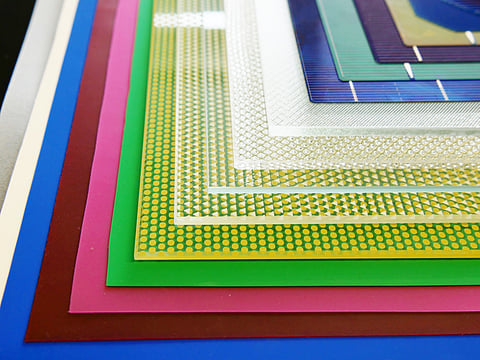

A research team comprising PV equipment manufacturer Schmid Group and Fraunhofer Institute for Solar Energy Systems (ISE) have concluded that new production concepts can help bring down costs of building-integrated PV (BIPV) modules by 35%. The German team concluded this after investigating possibilities for manufacturing customized modules in series production.
For the project, funded by the German Federal Ministry for Economic Affairs and Energy, the two examined the design limitations, existing standards, laws and technical regulations for BIPV. The impact on module design was also analyzed.
Based on the market potential and design requirements, the team developed 2 new customized production line concepts for flexible series production of BIPV modules. The production lines are equipped, for example, with additional transfer stations and thus are able to quickly adapt to different module designs. From the beginning on, the system concept considers the modifications necessary for building integration such as the module format, glass color and encapsulation material, different thicknesses of glass and variations in the solar cell matrix. The production line enables a cost-saving series fabrication yet offers a wide range of freedom in module design at the same time.
Such modules with customized designs can be used in office buildings with large-area facades, among others.
During the one year project that focused on industrial applicability, cost calculations were carried out for all of the developed product solutions, proving the great potential. "Our results showed that the combination of series production and freedom of design do not comprise each other," said Stefan Sellner, project head at Schmid. Adding, "We also demonstrated that we can reduce the costs by an average of 35 percent compared to conventional manufacturing processes of BIPV modules. A flexible, yet cost-competitive, BIPV production that also accommodates the various needs of architects, module producers and system integrators at the same time is now possible."
The new concept is now available to interested partners in the field.
